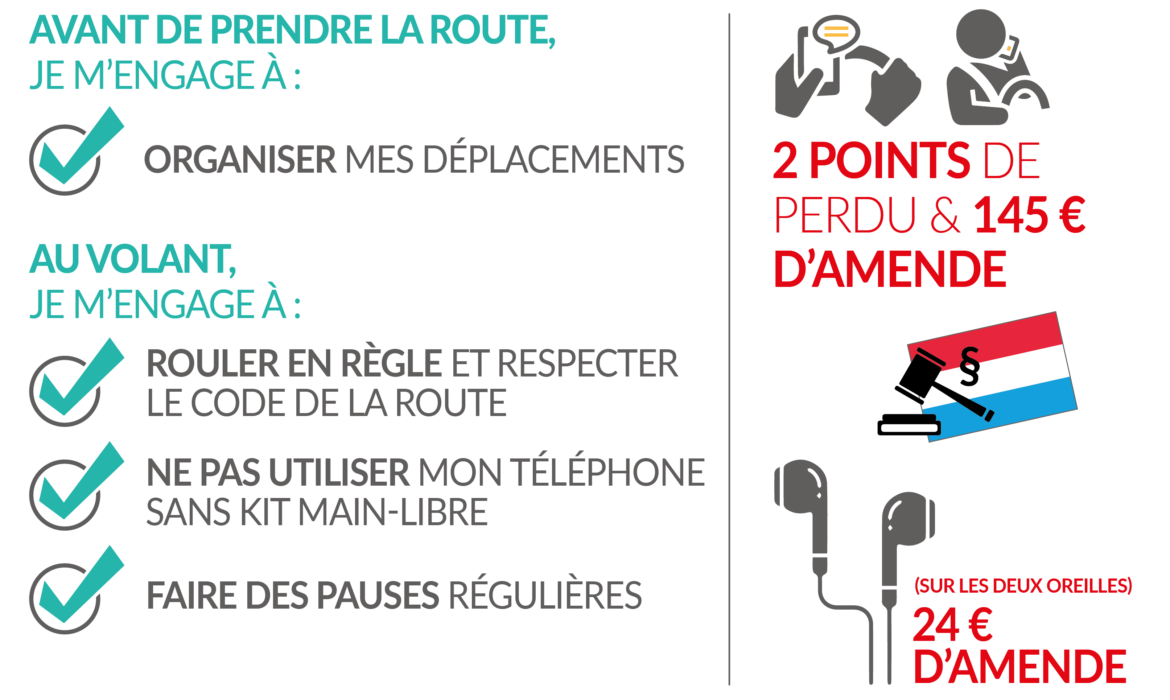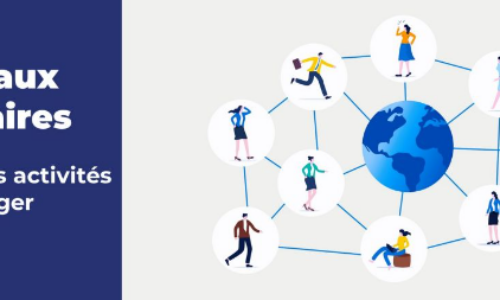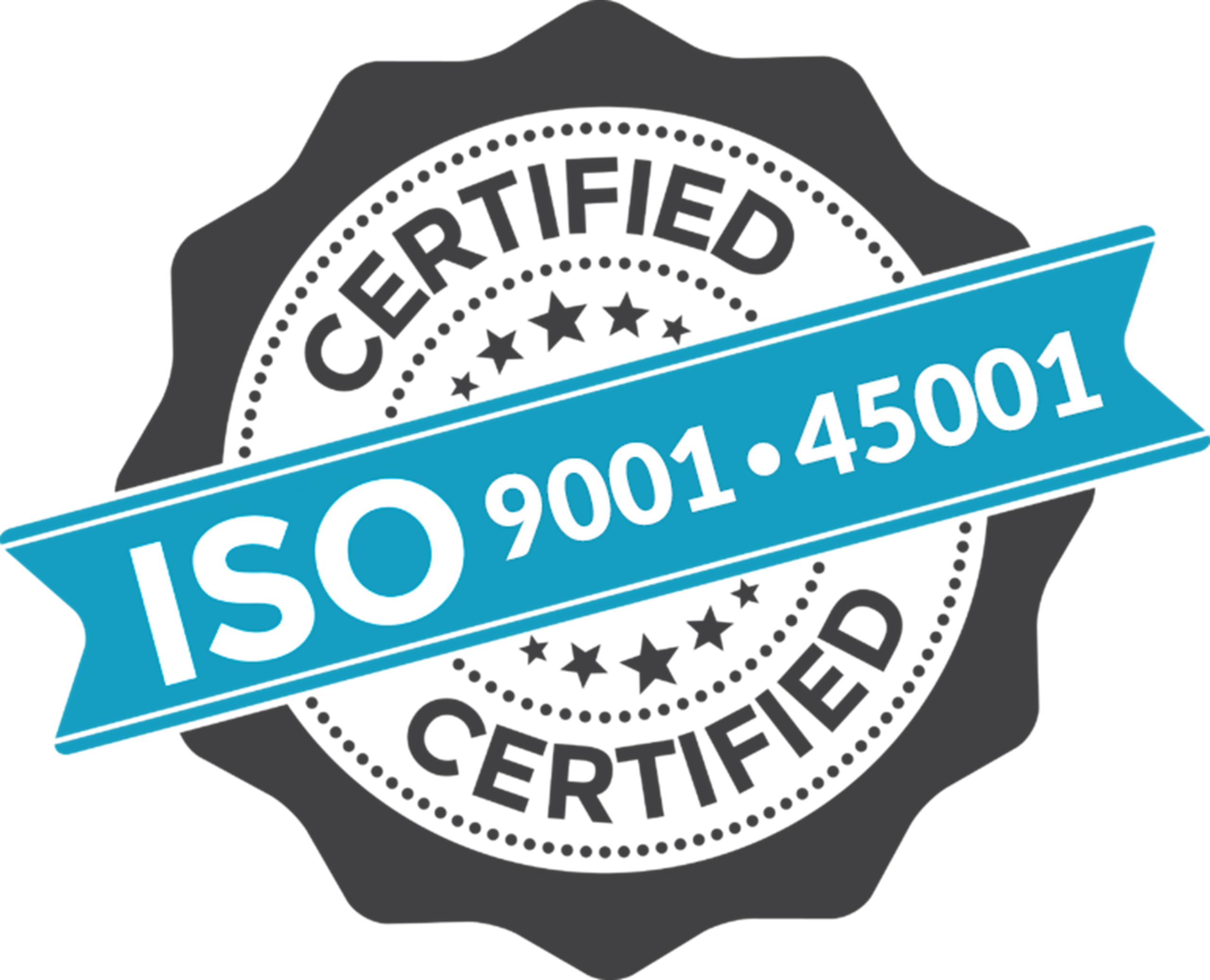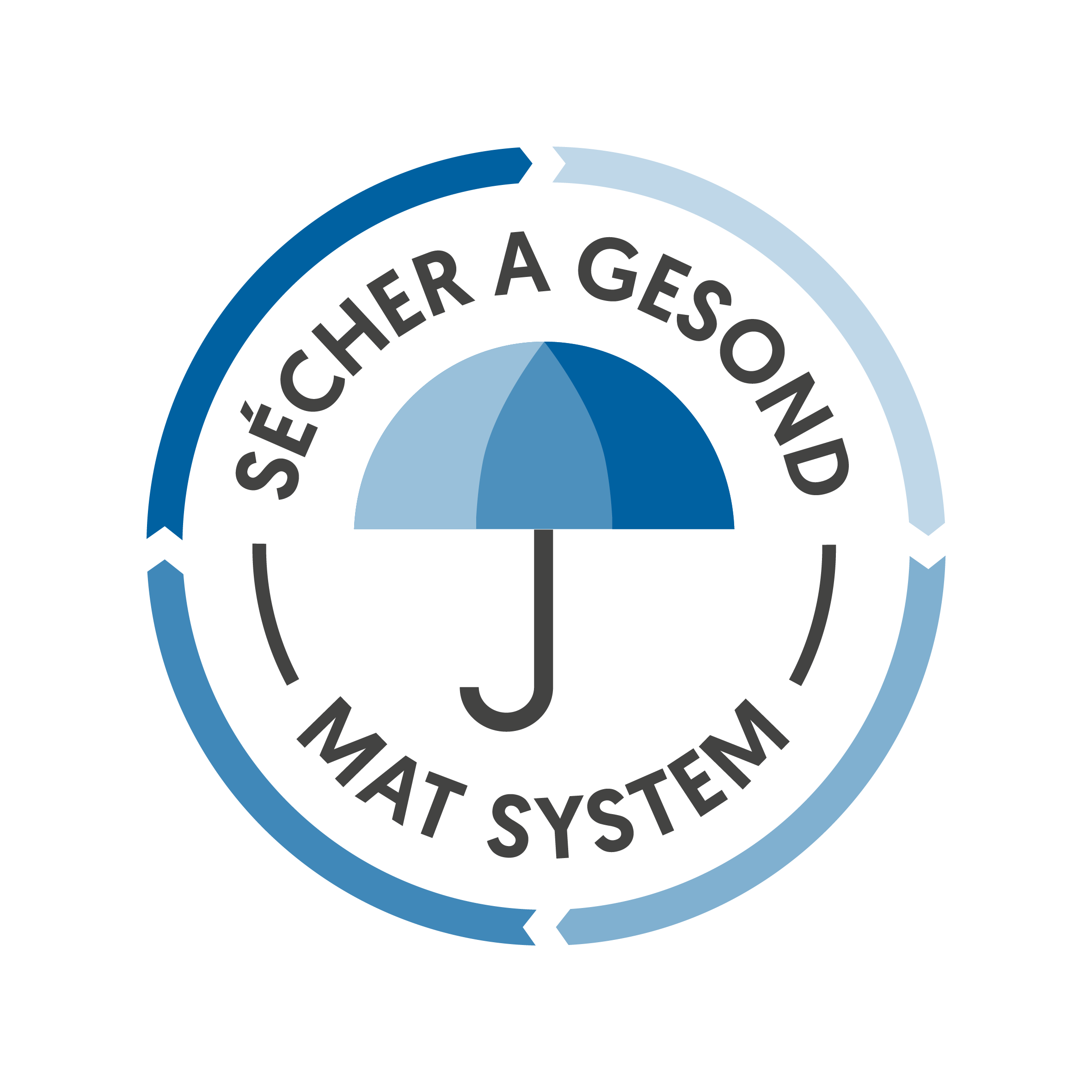
In Luxembourg, as elsewhere, the use of the telephone while driving is becoming more and more frequent. It is also the main cause of road accidents.
But why risk your life for one phone call?
The data is clear: one in ten accidents involving injuries is related to the use of a telephone while driving. Using a phone while driving increases the risk of having an accident by three. Even more disturbing, reading a message multiplies this risk by 23!
According to the latest barometer "Smartphone use while driving" published each year in France by the MAIF Foundation and IFSTTAR, 49% of drivers use their smartphone at the wheel in 2019, business leaders, professionals, managers, employees ... Each year, this rate continues to increase. This phenomenon is linked to the age of the driver. The younger they are, the more dependent they are on their smartphone... Conversations are no longer the main use of the phone while driving! Receiving and sending messages, emails, consulting the Internet or GPS, the phone has become a source of multiple distractions.
2 points lost on your driving license and 145 € fine
In Luxembourg, the use of a phone or a tablet while driving leads to the loss of two points on the driving license and a fine of 145 €. However, the practice is very present... drivers tend to want to take personal calls, but especially professional ones. Indeed, how not to answer a call from his boss or an important customer?
Of course, everyone thinks they are doing the right thing. In fact, we talk about "legitimate transgressions" in the mind of the driver. These are primarily based on professional constraints such as time management and company/customer relations... In the end, salespeople will say they have no choice and will admit to speeding, fatigue and using the phone while driving.
In the tertiary sector, commuting to and from work is the main accident risk. In 2019, 3,649 commuting accidents, including 4 fatal accidents, were recorded in Luxembourg by the Accident Insurance Association (AAA).
Print the article by clicking on the attached link: Phone and driving, danger at the turn
Good to know
In Luxembourg, any telephone installation must be securely anchored in the vehicle or fixed in the helmet. The free earpiece is allowed. As soon as the vehicle is in motion, the driver is only allowed to let go of the steering wheel or the handlebars with one hand to activate or deactivate the telephone system. (source: LCD)
Key figures on telephone driving
- Talking on the phone while driving is responsible for 1 out of every 10 personal injury accidents.
- Telephoning while driving increases the risk of an accident by a factor of 3.
- A driver who uses a phone while driving records between 30 and 50 % less information on the road.
- Reading a message while driving requires taking your eyes off the road for 5 seconds. At 50 km/h, 5 seconds correspond to 70 meters travelled, and at 110 km/h, 31 meters
- Reading or sending a text message or an email increases the reaction time by an average of 50 %.
What about the employer?
Few employers know it, but when an employee has an accident during a professional journey or on the way to and from work, their responsibility can be engaged. Fatigue of the employee, bad maintenance of the vehicle, whether it is private or intended for professional use, but also accidents linked to the use of the telephone... The company manager has the duty to inform his employees about the different road risks. Ask to receive our information posters!
To show your commitment, limit phone conversations while driving to emergencies. And follow best practices:
- Refrain from engaging in a telephone conversation with a co-worker in a driving situation.
- Ask your employees not to make phone calls while driving, recommending that they delay their calls.
- Promote the application "Do not disturb".
As an employer, you also have an obligation to conduct a assessment of professional risks within your company... Our consultants eSST can assist you in your Occupational Health and Safety prevention process.





